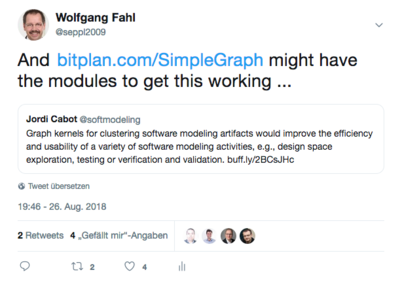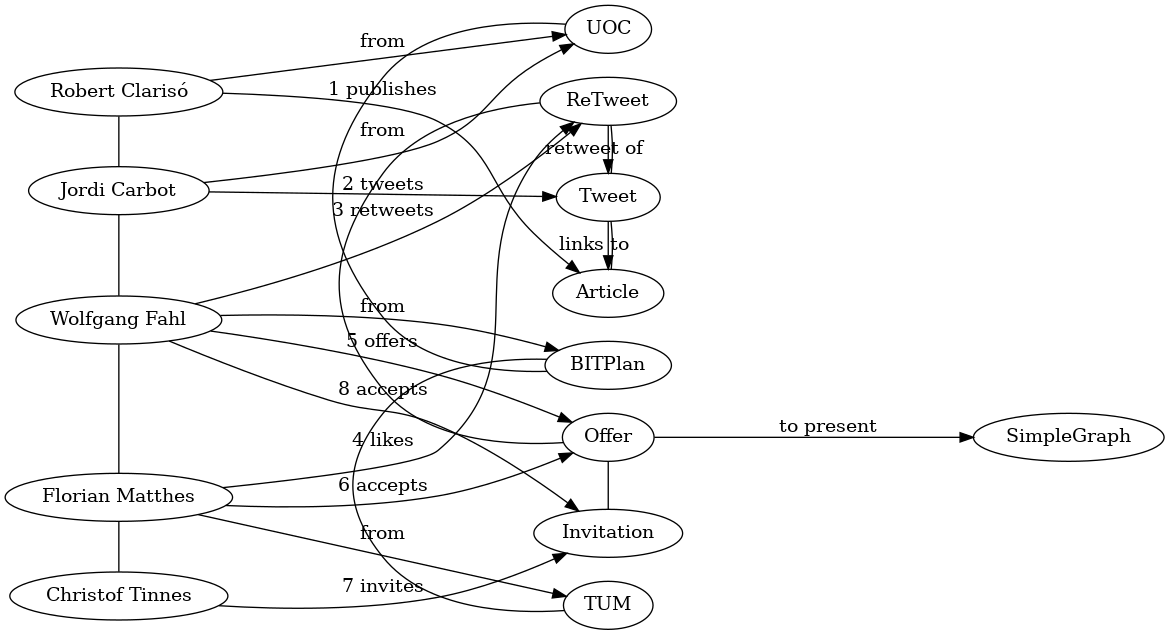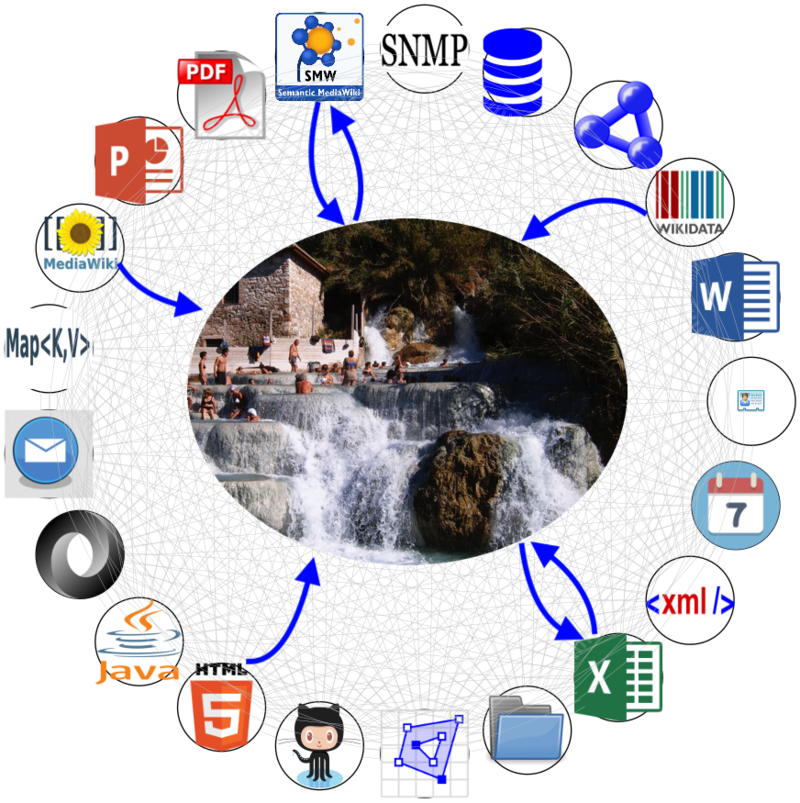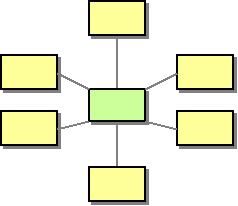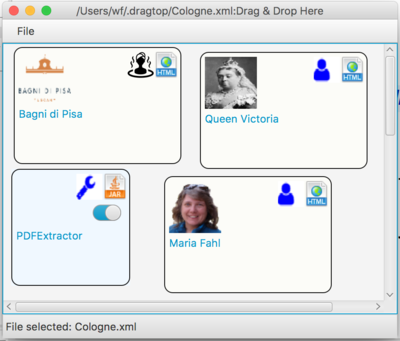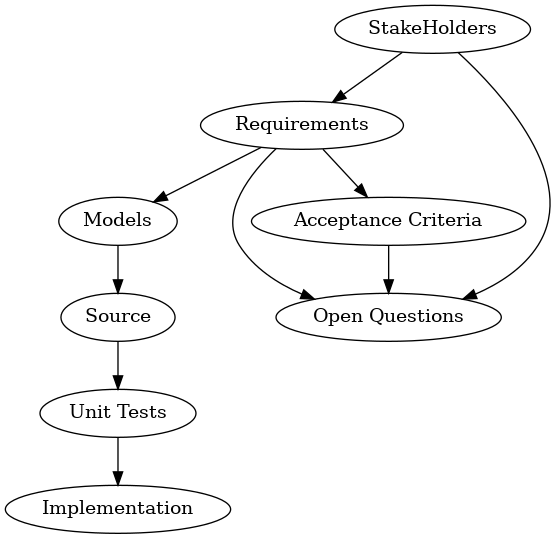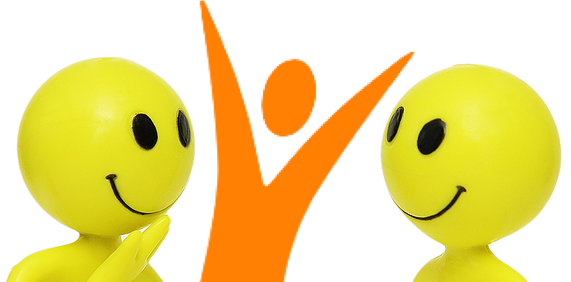Graph Approaches for Software Engineeering
Wolfgang Fahl
<slideshow style="bitplan" headingmark="⌘⌘" incmark="…" scaled="true" font="Comic Sans MS, Calibri, cursive" >
- title
Graph Approaches for Software Engineering
- author
- Wolfgang Fahl Wolfgang Fahl info@bitplan.com
- footer
- Applying the OpenSource Project SimpleGraph and it's modules to Software Engineering
- subfooter
- sebis Oberseminar TUM
</slideshow>
Contents
- 1 ⌘⌘ Wolfgang Fahl
- 2 ⌘⌘ Touchable Software Engineering
- 3 ⌘⌘ Graph Kernels for Model Driven Software Engineering
- 4 ⌘⌘ Use SimpleGraph for the 5 Steps
- 5 ⌘⌘ Step 1: Decide how the model should be encoded into a graph
- 6 ⌘⌘ Step 2: Translate each of the models into a labeled graph
- 7 ⌘⌘ Step 3: Select the graph kernel algorithm to be used
- 8 ⌘⌘ Step 4: Load all the graphs and compute the graph kernel
- 9 ⌘⌘ Step 5: Exploit the information in the kernel matrix
- 10 ⌘⌘ What is SimpleGraph?
- 11 ⌘⌘ What is Apache TinkerPop/Gremlin?
- 12 ⌘⌘ SimpleGraph Dragtop
- 13 ⌘⌘ Example: The 5 Steps in SimpleGraph
- 14 ⌘⌘ Step 1: Decide how the model should be encoded into a graph
- 15 ⌘⌘ Step 2: Translate each of the models into a labeled graph
- 16 ⌘⌘ Step 3: Select the graph kernel algorithm to be used
- 17 ⌘⌘ Step 4: Load all the graphs and compute the graph kernel
- 18 ⌘⌘ Step 5: Exploit the information in the kernel matrix
- 19 ⌘⌘ How to benefit and participate
- 20 ⌘⌘ Ideas for SimpleGraph future Progress
- 21 ⌘⌘ Questions/Discussion
⌘⌘ Wolfgang Fahl
| |
 Peugeot Ion |
 Giant Explore |
⌘⌘ Wolfgang Fahl[edit]
| |
 Peugeot Ion |
 Giant Explore |
⌘⌘ The World as a Graph[edit]
If the world is represented as a Graph it would be nice to have a Simple Graph Navigation Language
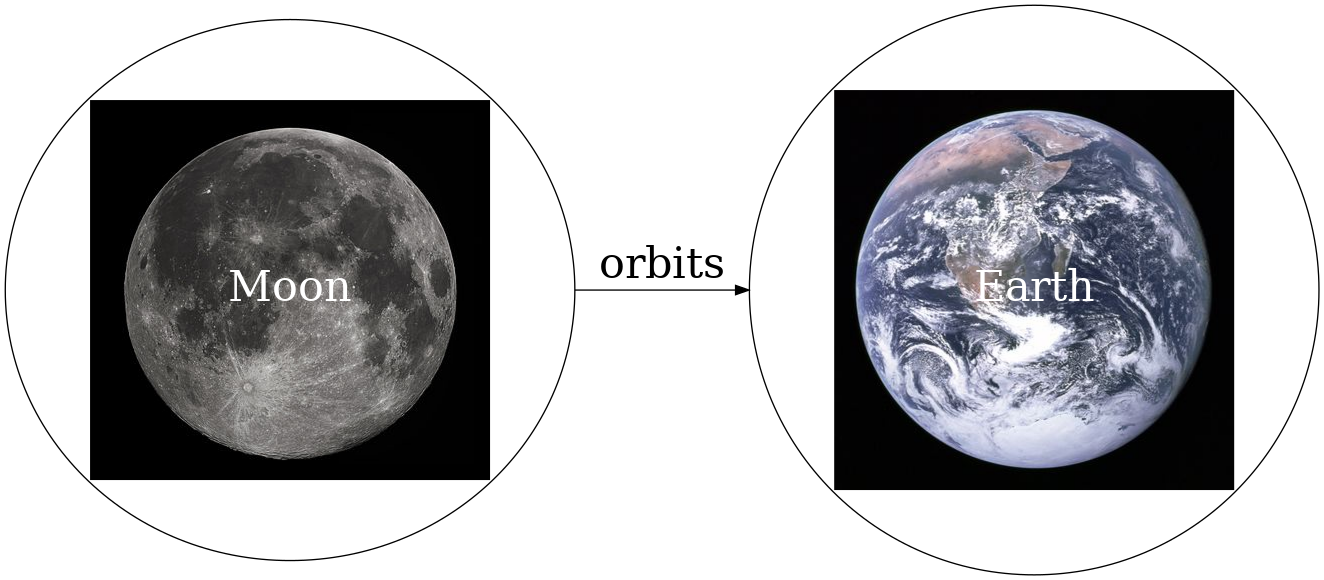
see SMWCon Fall 2018
⌘⌘ Why I am here[edit]
⌘⌘ Graph Kernels for Model Driven Software Engineering[edit]
5 Steps
- Decide how the model should be encoded into a graph
- Translate each of the models into a labeled graph
- Select the graph kernel algorithm to be used
- Load all the graphs and compute the graph kernel
- Exploit the information in the kernel matrix
⌘⌘ Use SimpleGraph for the 5 Steps[edit]
⌘⌘ Step 1: Decide how the model should be encoded into a graph[edit]
Each SimpleGraph Module transforms data from some API to a Graph representation. The transformation is usually as "straight-forward" or "natural" as possible.
⌘⌘ Step 2: Translate each of the models into a labeled graph[edit]
Each SimpleGraph Module uses the following steps to translate from an API to the graph
- connect()
- moveTo()
⌘⌘ Step 3: Select the graph kernel algorithm to be used[edit]
SimpleGraph is based on Apache Gremlin/Tinkerpop so all the algorithm and libraries around this graph environment are directly available. If a different graph kernel and or algorithm is needed than the graph can be translated / imported via standard graph import/export formats and or import/export adapters and utilities.
BITPlan e.g. often uses Semantic MediaWiki 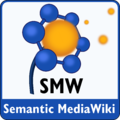 as a suitable environment.
as a suitable environment.
⌘⌘ Step 5: Exploit the information in the kernel matrix[edit]
There are two modes for exploiting the information:
- OLAP - Online Analytical Processing / Graph Query
- OLTP - Online Transaction Processing / Graph Traversal
⌘⌘ What is SimpleGraph?[edit]
Simplegraph allows to work with "graphized" information source from a combination of APIs that are made available as modules.
| Module | System wrapped | API exposed | Description |
|---|---|---|---|
 FileSystem FileSystem
|
FileSystem | java.io.File | makes your FileSystem accessible via the Java FileSystem API |
 GitHub GitHub
|
GitHub | GitHub GraphQL Api v4 | makes GitHub content accessible to Graph processing. |
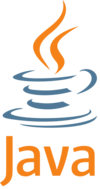 Java Java
|
Java | javaparser | makes Java code parse results accessible to Graph processing. |
| E-Mail access for rfc822 and MIME formatted Mailbox files (e.g. Thunderbird) | makes Mail data available via Apache Mime4J | ||
 SMW SMW
|
SMW | SemanticMedia Wiki API | makes Semantic MediaWiki accessible via the SMW API |
| XML | org.w3c.dom | makes XML dom parse results accessible to Graph processing. |
⌘⌘ What is Apache TinkerPop/Gremlin?[edit]
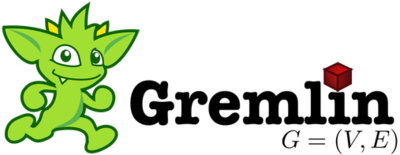 Apache Tinkerpop is an Open Source project. Gremlin is the GraphTraversal Language for it.
Apache Tinkerpop is an Open Source project. Gremlin is the GraphTraversal Language for it.
⌘⌘ SimpleGraph Dragtop[edit]
The Dragtop Open Source Software makes the SimpleGraph modules available for direct access from your Desktop. By simple drag and drop of the input onto the dragtop and then dropping a "tool" onto the dragtop you can combine the module functionality as you see fit.
⌘⌘ Example: The 5 Steps in SimpleGraph[edit]
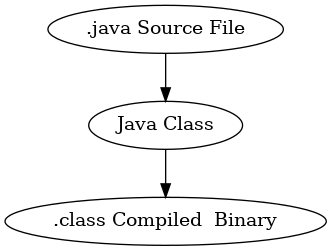
⌘⌘ Step 1: Decide how the model should be encoded into a graph[edit]
- .java Source Files: FileSystem module
- Java Classes: JavaSystem
- .class Files: Filesystem module (Bytecode parser?)
⌘⌘ Step 2: Translate each of the models into a labeled graph[edit]
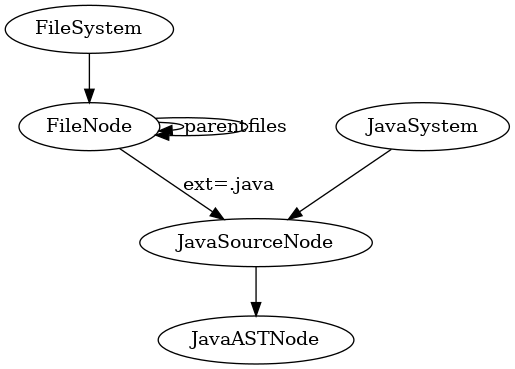
⌘⌘ Step 3: Select the graph kernel algorithm to be used[edit]
FileSystem fs=new FileSystem();
FileNode start = (FileNode) fs.connect("").moveTo(aroot.getPath());
start.recursiveOut("files",Integer.MAX_VALUE);
List<Vertex> javaFileNodes=start.g().V().has("ext", "java").toList();
List<Vertex> classFileNodes=start.g().V().has("ext", "class").toList()
⌘⌘ Step 4: Load all the graphs and compute the graph kernel[edit]
⌘⌘ Step 5: Exploit the information in the kernel matrix[edit]
- Visualize
- Store
- Mix and match with other sources
⌘⌘ How to benefit and participate[edit]
- Stay in touch with Wolfgang Fahl
- Ask StackOverFlow questions on SimpleGraph
- Participate in the GitHub SimpleGraph Open Source Project
- Join the SimpleGraph Mailinglist
- Collaborate on Projects with BITPlan
- Write papers related to SimpleGraph


